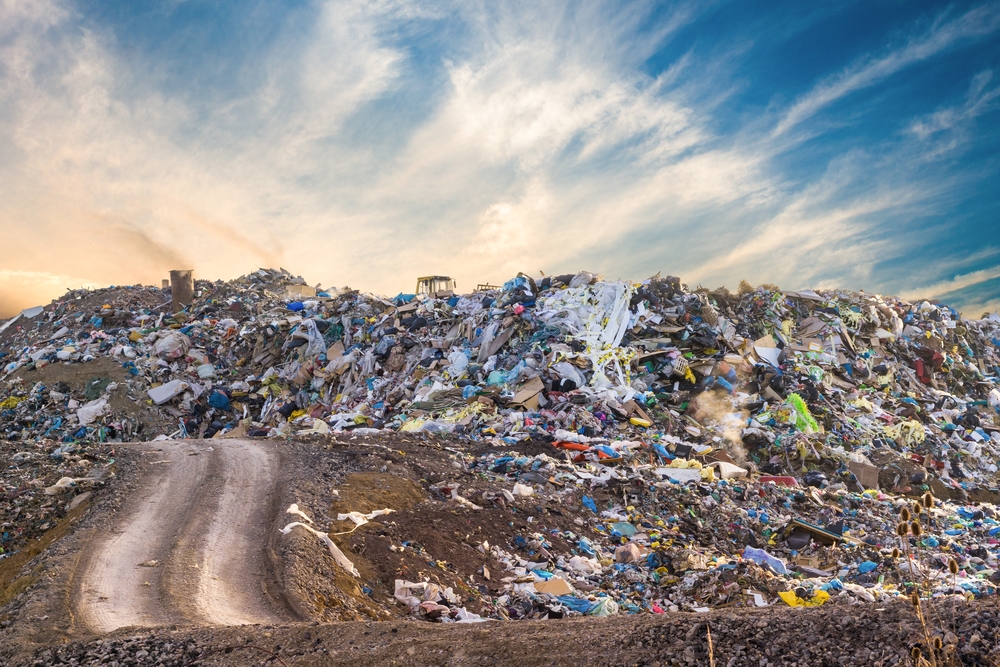
Researchers on the hunt for the next energy source have turned to landfill waste as the possible solution.
Chemical engineers from Michigan Technological University have examined the carbon footprint of anaerobic digestion—composting organics without air—that can be used to redirect methane into a new energy source.
“We found that bio-methane produced through anaerobic digestion emits far less than its fossil natural gas equivalent,” Sharath Ankathi, the paper’s lead author and a Ph.D student at Michigan Tech, said in a statement.
The researchers examined piles of organic waste in the Heartland Biogas facility in LaSalle, Colorado and assessed the process that turns food waste from restaurants in Denver and manure from dairy farms near the facility into bio-methane to complete the study.
Anaerobic digesters take uncovered piles of sitting manure and put them in large covered tanks. Bacteria is then used to break down the solids and the liquids. Food waste alone is not as efficient in anaerobic digestion but blending it with manure solves two problems with one process.
The researchers found that bio-methane produced from all available food waste and dairy manure in the U.S. annually could offset about 0.74 percent of annual natural gas demand with bigger savings coming in mitigated methane emissions.
Methane is considered about 25 times more damaging as a greenhouse gas than carbon dioxide and accounts for about 11 percent of the country’s overall greenhouse gas emissions. Methane gas is produced by decomposing organic materials in the absence of air. It not only traps heat efficiently but is also a health and safety hazard because it is so concentrated in landfills.
About half of U.S. landfills collect and burn methane, mitigating the danger. However, it still contributes to atmospheric methane and carbon dioxide levels.




